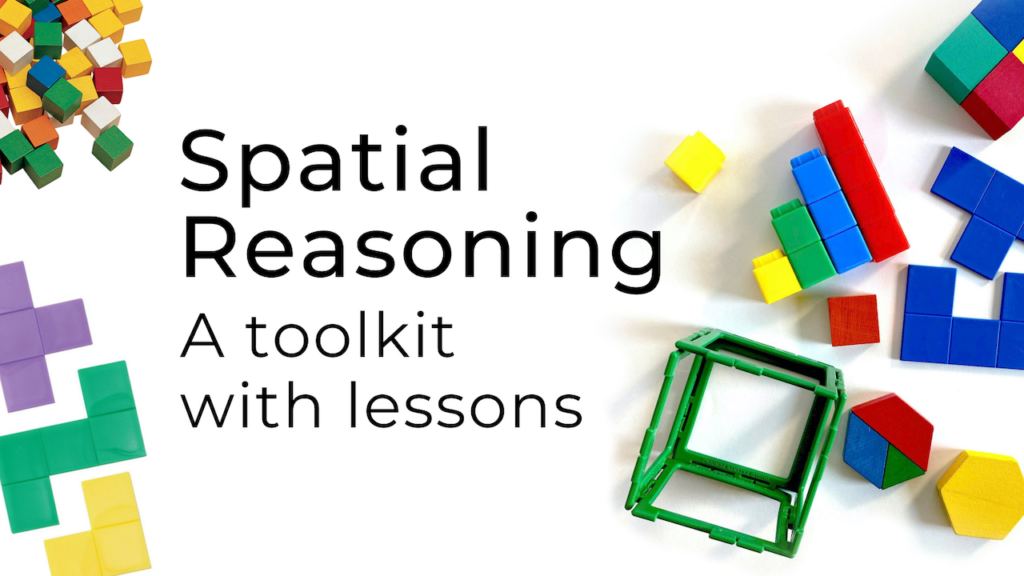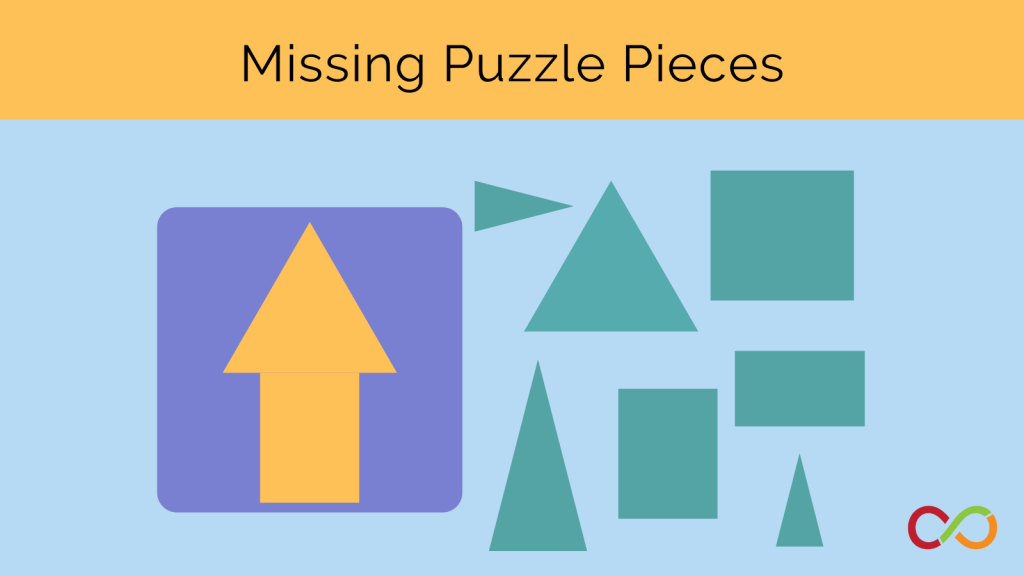Collect the Shapes
Primary (Age 6 – 9)
Curriculum Goal
Primary: Geometry and Spatial Sense
- Sort and identify two-dimensional shapes by comparing number of sides, side lengths, angles, and number of lines of symmetry.
- Give and follow directions for moving an object from one location to another.
Context
- Whole class instruction followed by students playing in pairs.
Materials
- Tokens
- “Collect the Shapes” grid (Appendix A)
- 2D cut-out shapes (Appendix A) or 3D blocks
- Shape Cards (Appendix B)
- Attributes Cards (Appendix C)
Lesson
- Lead the class in a discussion about shapes and their attributes, as well as location and movement.
- Show students the grid, shapes, Shape Cards and Attribute Cards.
- Explain the objective and rules of the collaborative game:
- Player 1 and Player 2 sit side-by-side, facing the grid.
- On the grid, players randomly place the shapes and their tokens on a corner.
- Player 1 will choose a Shape Card from the deck and give Player 2 horizontal and vertical directions to the box on which that shape is found (e.g., move your token three boxes to the left and two boxes down). If they need to count the number of boxes prior to giving directions, they can have their partner cover their eyes.
- When Player 2 arrives at the box, they will pick an Attribute Card and must answer the question correctly prior to collecting the shape. They may discuss the question with their partner if they are unsure of the answer.
- Players will take turns for each role, playing until all the shapes are collected.
- Model how the game is played to the whole class, selecting one student to play with you.
- Deliberately move your token incorrectly and allow the class to direct you to the proper box.
- Choose an Attribute Card and purposely give the wrong answer to spark a class discussion.
- At the end, have the class explain how the shapes should be categorized according to their geometric attributes (e.g., number of sides, number of vertices, polygons).
- Allow students to play the game and sort their collected shapes.
- Circulate and ask questions to extend students’ thinking:
- After they pick an Attribute card, ask: What is the difference between a side and a vertex? Do you notice any relationship between the number of sides and the number of vertices? Why do you think there is always the same number of sides and vertices? What is a polygon? Are there any lines of symmetry for this shape? If so, how many? How did you sort all of your shapes?
- What were the directional instructions you gave? How many different ways can you give
directions? Help students figure out that to be concise, there can only be two ways (i.e.,
horizontal then vertical or vice versa).
Look Fors
- Do children use spatial language to give directions?
- Using spatial language improves students’ spatial skills.
- Can children follow directional instructions? Do children need to count boxes prior to giving
instructions or can they subitize? - Do children identify and name the various geometric shapes? Can children identify attributes of shapes? Do children know the difference between sides and vertices? Can children appropriately sort the shapes? How did they choose to sort their shapes?
Extension
- Play this game using 3D shapes and change the Attribute Cards accordingly (e.g., number and shapes of faces).
- Add different Attribute Cards based on Curriculum Expectations (e.g., angles, lines of symmetry).
- To expand on students’ spatial language, start using diagonal directions or instructions in relation to other shapes (e.g., move your piece two boxes to the left of the triangle)
- For Grade 4, start using an alpha-numeric grid (e.g., move your token to F6)
- For Grade 5, use cardinal points.
Share this lesson
Share on facebook
Share on twitter
Share on email


